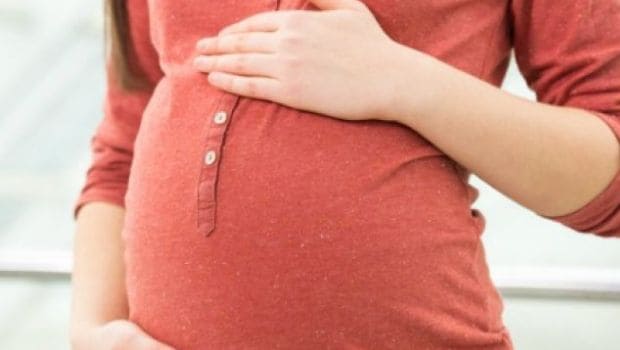3-D Printed Ovaries Can Help Restore Fertility in Female Cancer Survivors

In its one-of-a-kind discovery, experts at the Northwestern University in America were able to successfully implant 3-dimensional ovaries in female mice. These bioprosthetic ovaries housed immature eggs and were able to produce healthy offspring in mice. “Using bioengineering, instead of transplanting from a cadaver – to create organ structures that function and restore the health of that tissue for that person – is the holy grail of bioengineering for regenerative medicine,” noted Teresa K Woodruff, from Northwestern’s Women’s Health Research Institute in the US.
The team created biological hydrogel made from broken-down collagen that was easy to handle during surgery and interacted well with the mice tissue. “We found a gelatin temperature that allows it to be self-supporting, not collapse, and lead to building multiple layers. No one else has been able to print gelatin with such well-defined and self-supported geometry, Ramille Shah, assistant professor at Northwestern’s McCormick School of Engineering.

The innovation can prove to be a revolutionary breakthrough in the world of post-cancer-treatment. Most young adult females who have undergone cancer treatments find it difficult to conceive and are often put on hormonal replacement therapy to trigger puberty. The 3-D ovary concept – if found successful in human experiments – can offers a ray of hope to female cancer survivors who dream of nursing their own baby.
“The purpose of this scaffold is to recapitulate how an ovary would function. We’re thinking big picture, meaning every stage of the girl’s life, so puberty through adulthood to a natural menopause,” Monica Laronda, a former post-doctoral fellow in the Woodruff lab.
[“source-ndtv”]


